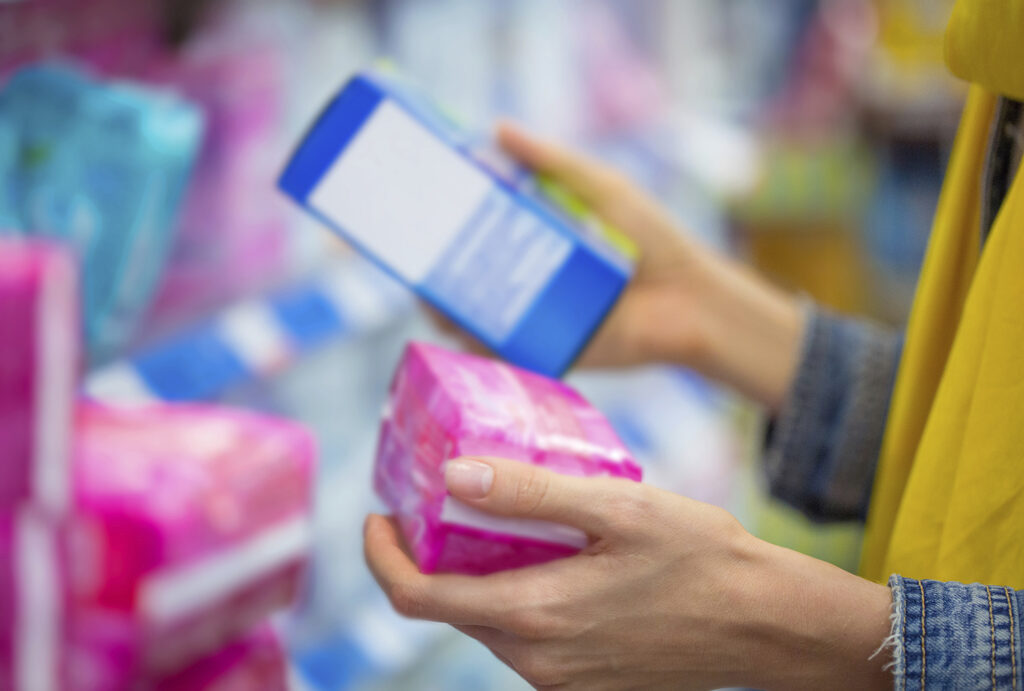Incontinence is one of those topics that many people would rather not talk about. That’s perfectly understandable. The good news is that Cotton Inc. has taken the time to pull together 2011 and 2012 studies that give us a good idea of consumer preferences when it comes to incontinence products. At the heart of the findings is that most customers lean toward products that feature cotton prominently.
With Incontinence, What’s Important to Consumers?
For bladder and bowel protection, skin health and comfort is paramount. Products must prevent skin irritation, and remain dry against the skin. Security and discretion are critical, too. Leakage, odor control, fit, and absorbency must be considered. With incontinence, performance and dignity go hand-in-hand. Products must be developed that improve quality of life to the greatest degree possible. That degree is pretty clear once you start listening to what consumers want.
What Do the Numbers Say?
Based on the aforementioned studies, consumers believe that the use of cotton contributes to key product benefits at the following percentages:
- 80% believe cotton will provide softness
- 76% believe cotton is hypoallergenic/healthier for skin
- 71% believe cotton is friendlier for the environment
- 70% believe cotton is more comfortable
None of these numbers should come as a shock. We’ve talked about them here before, but they always bear repeating. Numbers that also bear repeating are how the Seal of Cotton immediately bestows these desired traits upon a product.
How Powerful Is the Trademark?
Believe it or not, 75% of consumers in the Cotton Inc. study said that the fiber content on packaging would influence their purchase decision. More stunningly, 59% said they’re willing to pay a premium for products that feature high-quality cotton. That allows us to answer the question above immediately: the trademark is very powerful. In fact, the Seal of Cotton immediately communicates crucial characteristics to consumers at the following rates:
- 94% believe cotton to be soft
- 94% believe cotton to be natural
- 91% believe cotton to be comfortable
- 86% believe cotton to be environmentally friendly
- 85% believe cotton to be of good quality
If you compare this list of stats with the previous one, you can see how cotton is the obvious choice for incontinence products based on consumers’ preferences.
Leveraging the Cotton Advantage
The beauty of consumer preference in this case is that it’s built on reality, and not perception. Cotton does offer these advantages, and it’s proven this over a long period of time in a variety of consumer products, ranging from baby care to feminine care. Hopefully more incontinence products will incorporate cotton. Consumer behaviors upon seeing the Seal of Cotton should be motivation enough.
